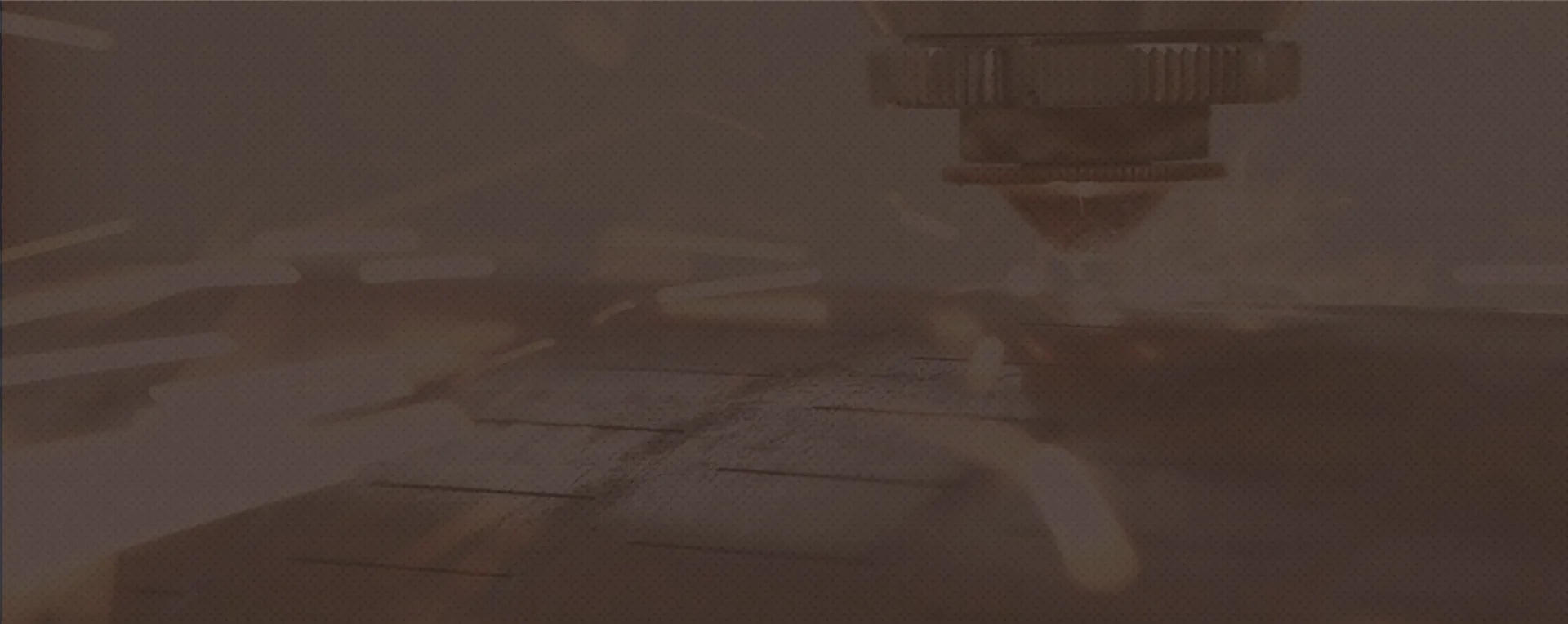High-Quality Drag Chains for Smooth Movement and Durability
Understanding Drag Chains An Essential Component in Automation
Drag chains, also known as cable carriers or energy chains, are pivotal components in various engineering and automation fields. Designed to manage and protect flexible cables and hoses, drag chains are essential for systems that involve rotational or linear motions. They provide a streamlined solution that enhances both the efficiency and safety of machinery.
At their core, drag chains serve the primary purpose of guiding and safeguarding cables and hoses that move with mechanical components. In environments where machines require movement—such as robotic arms, CNC machines, and conveyor systems—cables can become entangled or damaged. Drag chains mitigate this risk by organizing cables into a structured pathway, preventing wear and tear caused by friction or mechanical interference.
One of the notable advantages of drag chains is their versatility. They come in various shapes, sizes, and materials, making them suitable for numerous applications across different industries. For instance, in manufacturing, drag chains are often used to support power cables, data lines, and pneumatic hoses. In the automotive sector, drag chains are instrumental in managing electrical wiring in robotics used for assembly lines. The adaptability of drag chains allows engineers to select the right configuration that meets the demands of their specific applications.
drag chain

Another significant benefit is the ease of installation and maintenance. Drag chains can be customized for length and style, allowing for tailored solutions that fit the unique geometries of machinery. Additionally, many designs allow for easy access to the cables inside, facilitating quick maintenance and minimizing downtime. This feature is particularly crucial in industries where minimizing production interruptions is essential for maintaining efficiency.
Safety is a paramount concern in any industrial environment. By properly routing cables and hoses, drag chains reduce the likelihood of accidents that could result from cable entanglement or electrical shorts. This increased level of safety translates into a more secure working environment for employees, protecting them from potential hazards associated with moving machinery.
The functionality of drag chains can be further enhanced by integrating additional features such as wear pads, dust covers, or seals. These enhancements can prolong the lifespan of cables and hoses while also maintaining optimal performance in challenging environments, such as those subjected to dust, moisture, or extreme temperatures.
In conclusion, drag chains are indispensable components in the realm of automation and manufacturing. Their ability to efficiently manage and protect dynamic cables and hoses significantly contributes to the operational efficiency, safety, and longevity of machinery. As technology continues to evolve and the need for automation grows, the demand for effective drag chain solutions will likely increase, underscoring their importance in modern industrial applications. Whether in robotics, manufacturing, or other fields requiring movement and flexibility, drag chains will remain a vital component in facilitating seamless and efficient operations.








